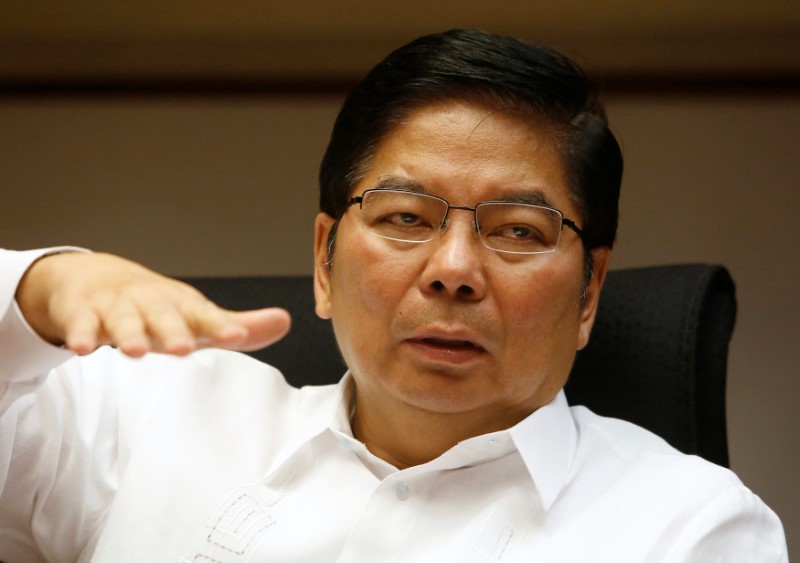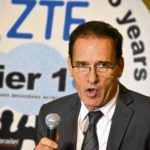
Choosing the next central bank governor
CROSSROADS (Toward Philippine Economic and Social Progress) By Gerardo P. Sicat (The Philippine Star) | Updated February 22, 2017 – 12:00am
http://www.philstar.com/
A major appointment is looming in the area of economic management – the governorship of the central bank – the Bangko Sentral ng Pilipinas, BSP for short.
Successful monetary governance needs to continue. The current governor, Amando Tetangco, who will finish his second term of office, will have ended 12 years of successful management of the BSP’s institutional history under his watch.
During the annual BSP reception for bankers Mr. Tetangco’s farewell message that he was stepping down opens the way for ultimate succession. There is no more talk about amending the BSP’s charter to enable a third term appointment.
Game of succession. A few prominent names are under serious consideration for the post of governor. These candidates have been floated from within government circles and in the public media.
Two of these – Diwa Guinigundo and Nestor Espenilla – are from within the career ranks of the BSP. Both of them are currently deputy governors serving under Tetangco’s leadership.
Two candidates coming from outside the BSP have lately been prominently mentioned – Antonio Moncupa and Peter Favila. They are both essentially bankers. If a short list of other candidates is being considered, it could include Aurelio Montinola III, another banker, and Felipe Medalla, the pure economist who currently sits in the Monetary Board.
Before the President makes the appointment, Finance Secretary Carlos Dominguez would likely have such a list. It would be interesting to know how the rankings of the candidates percolate within the minds of those whose influence would be critical when the final decision is made.
Gunigundo or Espenilla. Of the two BSP candidates for the post, Diwa Gunigundo could probably be called the second public face of the BSP, the first being that of Governor Tetangco. He is often asked to explain the central bank position or reactions to economic news or to elaborate the central bank’s impending policy announcement.
Gunigundo, who has a PhD in economics from UP, is in charge of economic analysis and research at the BSP. He is the one who disentangles macroeconomic developments as they affect the Philippine economy. He would eventually translate them in terms of their monetary implications. When flows of money in and out of the country fluctuate out of the ordinary, it is Gunigundo who would explain how these events could affect investments, interest rates and the peso exchange rate.
Nestor Espenilla’s work has been much more deeply engaged in BSP regulatory matters having to do with the whole banking system. As a result, his range of operations is less publicly exposed, and therefore, not as well appreciated.
Espenilla’s work has helped to strengthen the Philippine banking system. Today Philippine banks are judged to be among the healthiest in ASEAN. They have strong capitalization status and, as a result, are more capable to handle unexpected shocks to the economy and to bank clientele.
Favila, Moncupa, who else? Two names coming from the commercial banking sector have cropped up: Peter Favila and Antonio Moncupa. Favila has a more varied career experience than Moncupa.
The main qualification of Moncupa, who has been labeled front runner for the post, hangs on his record as president of East West Bank since 2007. His source of strength is political. Allies in President Duterte’s party openly endorsed his candidacy.
Compared to Moncupa, Favila has a broader experience: former banker (briefly, in succession, in Security Bank, Allied Bank and later Philippine National Bank). He served as secretary of trade and industry under Gloria Macapagal and was appointed by her to the Monetary Board.
An institution as important as the central bank deserves the best possible candidate for the job. With this in mind, intense review of qualifications must be on the basis of the quality of that experience and its relevance to the job at hand.
About a few years ago, Aurelio Montinola III, then president and chief executive officer of the Bank of Philippine Islands (BPI) was often mentioned as potential successor to Tetangco. Assuming the search is for one from outside the central bank, why should we not consider his case more carefully? The BSP deserves the best possible candidate through a thorough search.
For example, Montinola was a successful president of BPI which is one of the country’s largest banks. BPI, among many Philippine banks, has been stable over a long period of development, older than our republic. In contrast, EastWest is essentially a new bank carved out from an old bank or banks with a storied background.
BPI’s assets today are six times those of EastWest. Though both are universal banks, the composition of the bank’s exposure and the scale of their impact on the banking system should be important. BPI has a wide net of operations as a large universal bank. EastWest is essentially still a bank with a niche in retail banking.
Another criterion would lead to a search for governor with a much deeper experience in macroeconomics and banking and finance. The leadership among central banks is veering towards the hiring of more PhDs for leadership. As an example, the US central bank is led by PhDs – Janet Yellen, Stanley Fischer, and just recently Ben Bernanke, all were highly rated academic economists before.
Along this line, Felipe Medalla, from the UP School of Economics and formerly at NEDA as director general, would fill the bill of particulars. He is currently a member of the Monetary Board. As one of the country’s eminent fiscal economists, Dr. Medalla has much to contribute in coordinating monetary policy with the fiscal programs coming from the government. Successful management of the country’s monetary policy depends upon a proper balancing of fiscal and monetary programs.
Tetangco’s choice. When asked directly who among the prospective candidates he would favor as next governor of the central bank, Governor Tetangco gave a coy answer. He, however, indicated his preference for a successor who would come from within the BSP’s ranks.
Tetangco himself succeeded from the ranks. His stewardship of the central bank has been conservative, less adventurous, and therefore, more stabilizing.
A career official risen from the ranks already has a large reservoir of relevant experience and referential memory to rely on. From this standpoint, there exists a capability advantage over outsiders.









